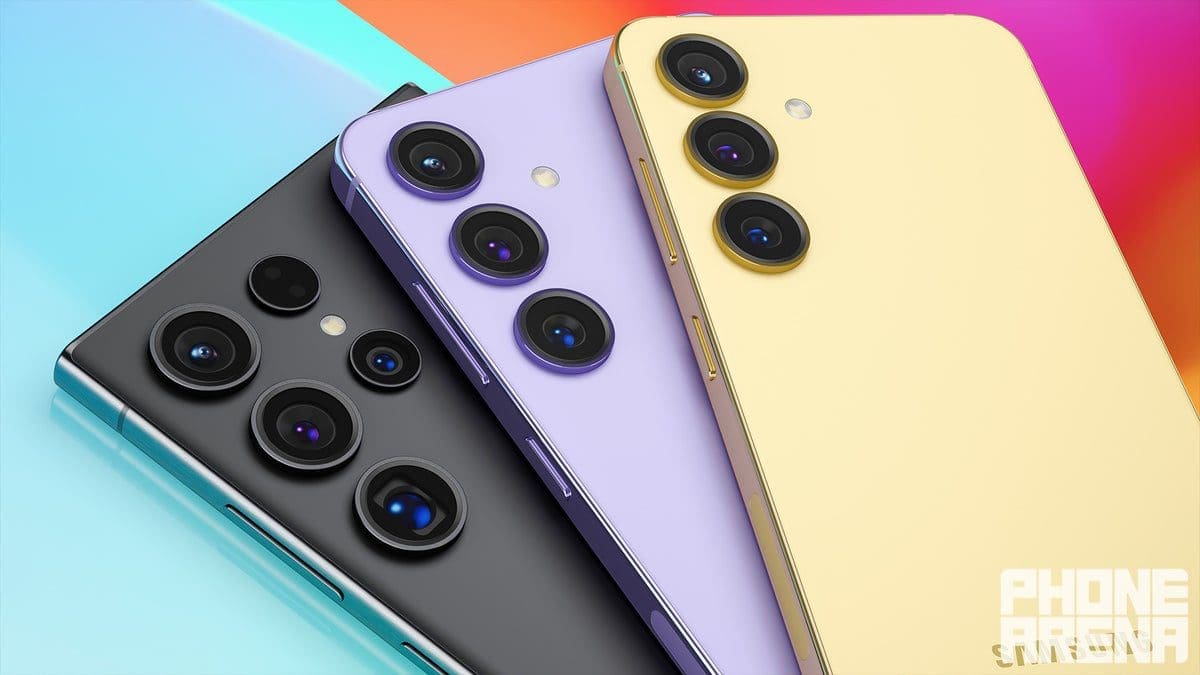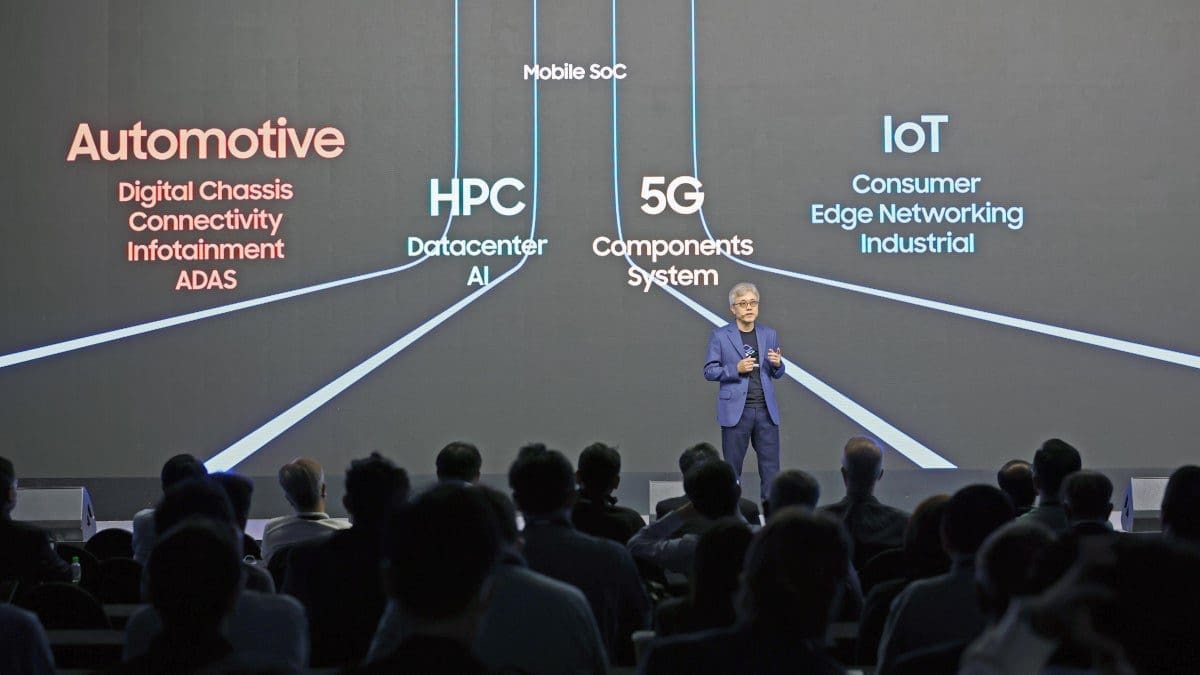Since the arrival of wireless technology in Canada, the rural north has been an afterthought. While over 99% of Canadians receive 4G LTE service, that service only covers 37% of the country’s landmass, most of which is concentrated in the urban centres of the south.
But that math might be changing soon. Rogers has partnered with SpaceX, the parent company of satellite internet provider Starlink, to bring its satellite-to-phone service to Canadians. Considering Starlink’s vast constellation of satellites, which already provide internet service to every inch of the country, the Rogers and SpaceX partnership has the potential to make dead zones a thing of the past.
Rogers announced its partnership with SpaceX on April 26, 2023, explaining that the satellite-to-phone service would begin with SMS text and eventually offer voice and data services. Although Rogers was reluctant to provide a definitive timeline for the rollout, the Starlink Direct to Cell site promises texting starting in late 2024 and voice and data in late 2025. While satellite-to-phone service will be available for all 5G and 4G smartphones, it’s important to note that, as of now, Starlink will only offer 4G LTE service.
Rogers president and CEO Tony Staffieri highlighted the partnership’s benefits for Canadians, noting that “these investments will deliver wireless connectivity, including access to 911, to even the most remote areas.” On the same day Rogers announced its partnership with SpaceX, the company also announced a similar arrangement with Lynk Global, another satellite company that uses a separate frequency from SpaceX. Rogers’ satellite-to-phone service will use both Lynk and Starlink satellites to provide coverage for its customers.
Starlink announced its plans for satellite-to-phone services in August 2022 and launched its Direct to Cell site in late 2023. Starlink launched the first six satellites with Direct to Cell capabilities on January 2, 2024. Six days later, Starlink sent and received text messages via the T-Mobile network, their American partner. Starlink’s Direct to Cell service will be available in Canada, the United States, Australia, New Zealand, Japan, Switzerland, Chile, and Peru through various partner networks. In Canada, that partner network is Rogers, who will provide the spectrum Starlink needs to transmit its satellite signals to mobile devices.
Starlink describes its Direct to Cell service as being “like cell towers in space, sending traffic to partner operator’s cores using Starlink’s space and ground systems.” In short, Starlink will use Rogers’ existing 1.6-2.7 GHz LTE spectrum to transmit its satellite signals to individual cell phones. While Starlink launched its Direct to Cell satellites in January 2024, the company notes that its Direct to Cell service will also make use of its existing satellite constellation, which was not designed for Direct to Cell service, to provide the most coverage possible.
There’s long been a practical explanation for the lack of coverage in rural Canada: there simply aren’t enough potential customers in the northern wilderness to incentivize carriers like Bell, Rogers, or Telus to invest in the infrastructure needed to provide reliable cell service to the area. As a result, 63% of the map exists outside the carriers’ coverage areas. Rogers’ partnership with SpaceX will change that equation. If the Starlink coverage map for its internet services is any indication, Rogers’ customers will have cell service throughout the country, eliminating no-coverage zones. In October 2023, Telus announced a similar satellite-to-phone service through a partnership with TerreStar Solutions, a Canadian mobile satellite operator, and Skylo, a U.S.-based non-terrestrial-network service provider that is already offering SMS service. For now, Bell has not announced a comparable satellite cell service. Bell CEO Mirko Bibic has downplayed the significance of Starlink’s expansion in Canada, arguing in 2021 that Bell’s rural internet options were superior. “And I stand that up against Starlink or other LEO (low Earth orbit) competitors, any day,” Bibic said.









